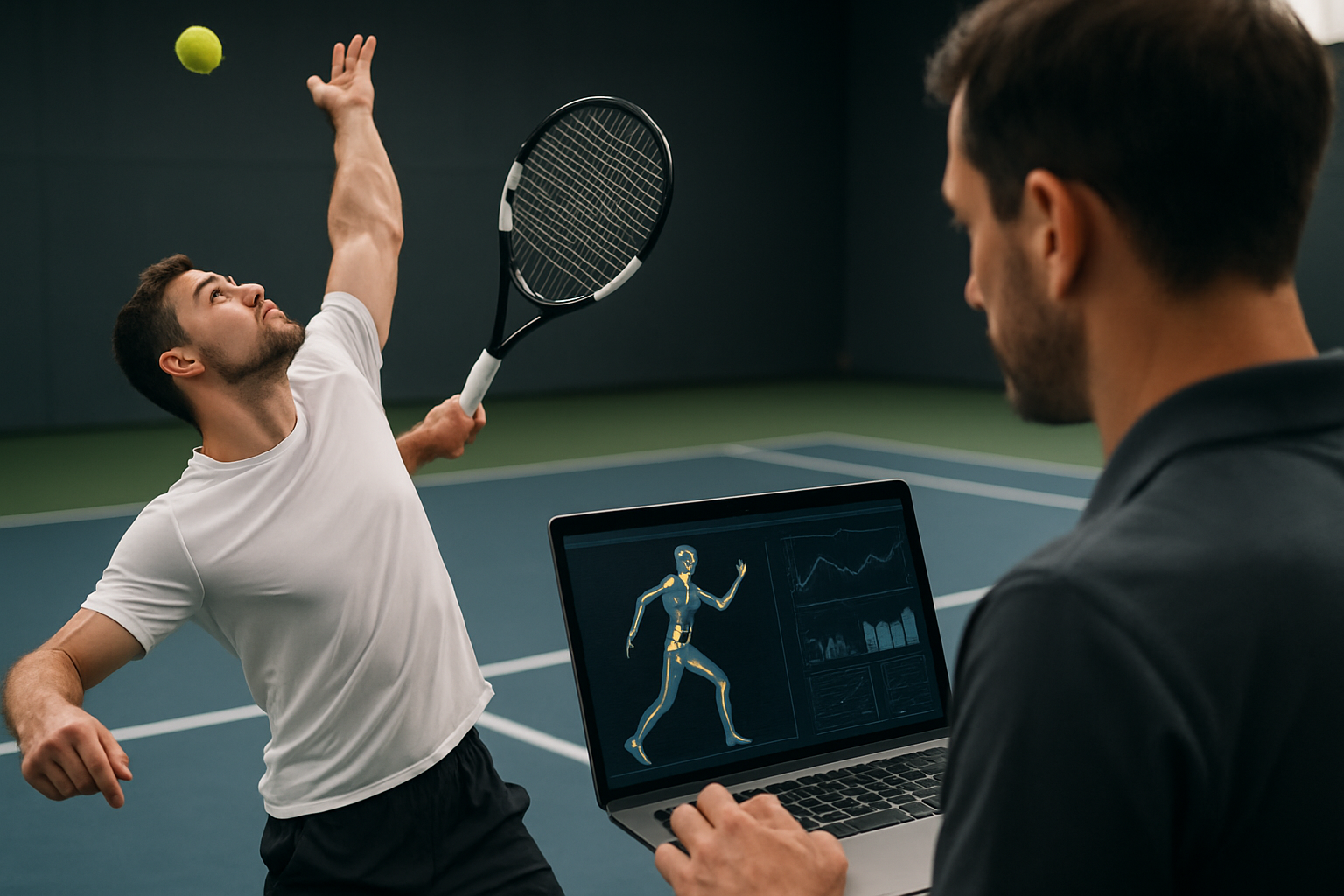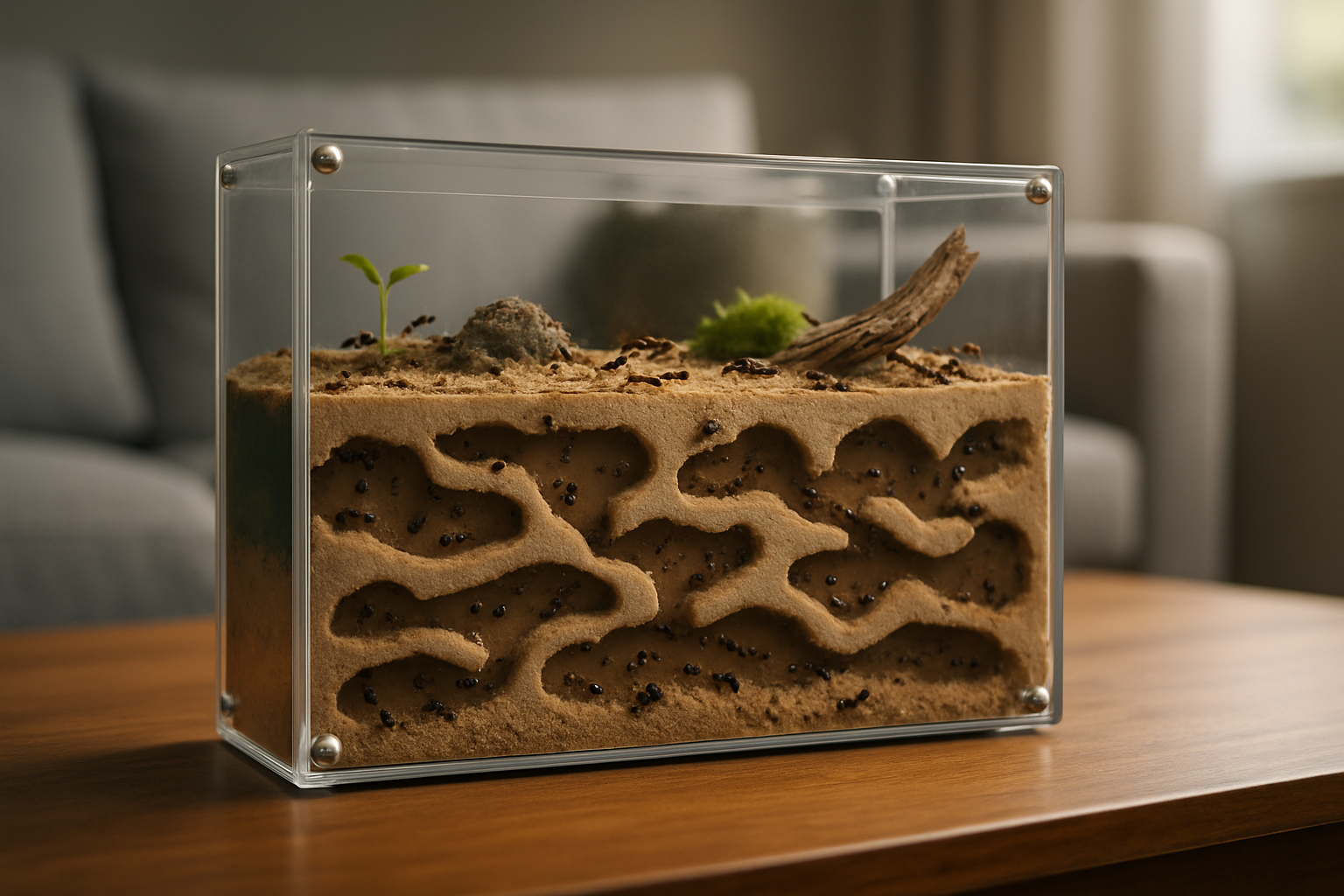Breaking Down the Biomechanics of Tennis Serve: A Gateway to Peak Performance
Tennis, a sport that stands the test of time, is a fascinating amalgamation of endurance, agility, and strategy. Yet, at its core, the game's essence is encapsulated in one stroke—the serve. Dubbed as the 'king of shots,' the serve is an integral part of tennis that can make or break a game. This article delves deep into the biomechanics of a tennis serve, dissecting its intricacies, and illuminating its potential to elevate an athlete’s performance.

A Historical Snapshot: The Evolution of the Tennis Serve
The tennis serve has come a long way since its humble beginnings in the lawns of England. Initially, the serve was merely a way to start the rally, with players often opting for an underhand technique. However, as the sport evolved, so did the serve. It transformed from a simple, underhand stroke to an overhead, power-packed weapon that can give players a competitive edge.
Unraveling the Science Behind a Powerful Serve
In tennis, power is not just about brute strength; it’s about the efficient use of biomechanics. A tennis serve is a complex, multi-joint movement that requires precise coordination of the legs, trunk, arm, and wrist. The kinetic chain—a sequence of energy transfer from the ground up—plays a crucial role in generating force. Starting from the leg drive, the energy travels up the body, finally reaching the racquet, propelling it with an impressive velocity.
The Pros and Cons of the Modern Serve Technique
The modern tennis serve, characterized by a high ball toss and a pronounced back arch, has its advantages and disadvantages. While it allows players to generate extreme power and precision, it also increases the risk of injuries, particularly in the lower back and shoulder areas. Therefore, it’s essential for athletes to balance power with safety, incorporating adequate rest and recovery into their training routine.
From Theory to Practice: Implementing Biomechanics in Training
Understanding the biomechanics of a tennis serve is one thing; implementing it in training is another. Coaches and athletes need to work together to incorporate scientific insights into practice sessions. This could involve using video analysis for feedback, practicing specific exercises to enhance the kinetic chain, and focusing on the timing and coordination of movements.
The Future of Serve: Where are we headed?
As sports science continues to evolve, we can expect further enhancements in serve technique and training methodology. Virtual reality, wearable technology, and data analytics are likely to play a significant role, providing detailed feedback and personalised training programs. However, the human factor—dedication, persistence, and resilience—will always be at the heart of tennis, driving the sport forward.
In conclusion, the biomechanics of a tennis serve are a testament to the remarkable blend of science and skill in sports. By understanding and applying these principles, athletes can unlock their potential, pushing the boundaries of what’s possible on the tennis court. Whether you’re a budding tennis player or an avid sports enthusiast, appreciating the complexities of a tennis serve can enhance your understanding and enjoyment of this timeless sport.






